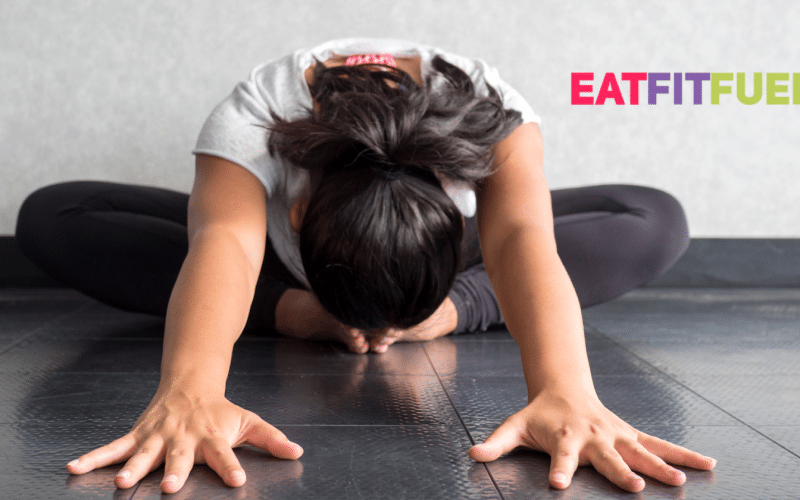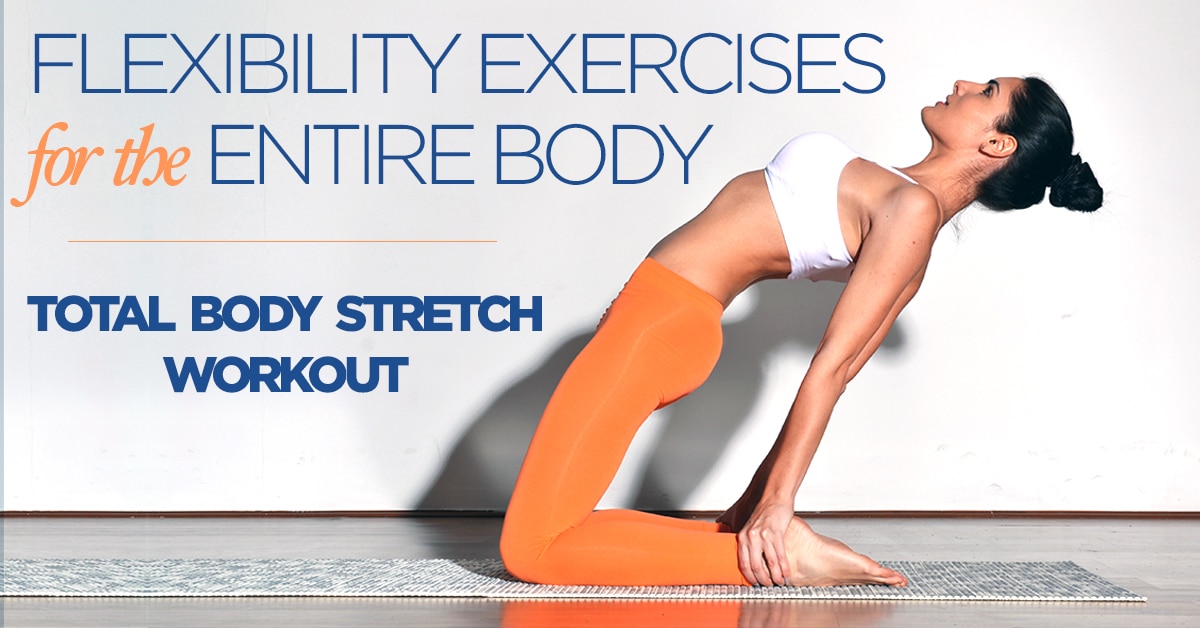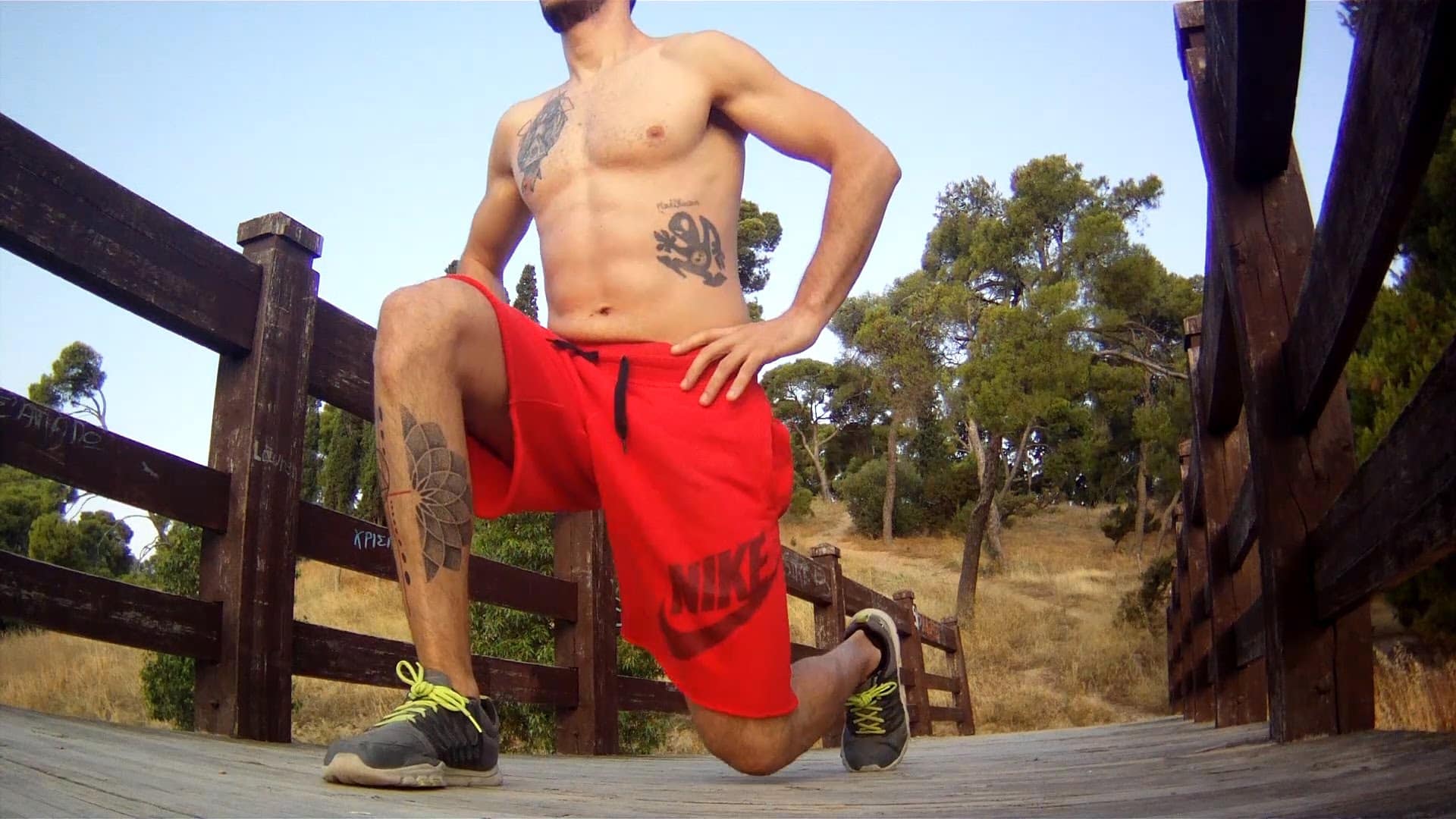If you’re dealing with hip pain, you’re not alone. An estimated 30 to 40 percent of adults have some form of hip pain, according to the National Institutes of Health.
There are several reasons why your hips might be hurting. Osteoarthritis, Rheumatoid Arthritis, Bursitis, and Tendonitis are all common causes of hip pain. Other potential causes include injuries, pinched nerves, and some types of cancer.
Hip stretches are essential to any pain treatment or injury prevention regimen. The hips are a critical weight-bearing joint, and muscle and connective tissue stiffness around the hip can cause discomfort in the lower back, knees, and even ankles and feet.
List of Causes:
There are many causes of hip pain, and the pain may be in the hip joint, or in the muscles, tendons, ligaments, nerves, or other soft tissues that surround the hip. The pain’s cause is potentially injury or arthritis. The pain may also happen due to a pinched nerve in the lower back, which is a condition called sciatica.
- Arthritis is the most prevalent cause of hip discomfort. Arthritis is a broad phrase that refers to joint inflammation. Arthritis may affect every joint in the body, but the knees, hips, and hands are the most commonly affected. Hip arthritis occurs when arthritis affects the hip joint. Hip arthritis can cause hip discomfort, stiffness, and loss of mobility.
- Bursitis is another prevalent cause of hip discomfort. Bursitis is an inflammation of the bursa, a small fluid-filled sac that acts as a cushion between the bones, muscles, and tendons. Bursitis may affect every joint in the body, although the most usually afflicted are the shoulder, elbow, hip, and knee. Bursitis can result in joint stiffness and pain.
- An additional frequent cause of hip discomfort is tendonitis. An inflamed tendon, the tissue that links muscle to bone, may have tendonitis. Any joint in the body can develop tendinitis, but the shoulder, elbow, wrist, hip, and knee are the most frequent areas.
- Hip discomfort can also happen due to strains and sprains. A strain is a muscle or tendon injury. A sprain is an injury to the connective tissue connecting bones known as a ligament. Strains and sprains can result in localized discomfort, edema, and bruising.
- Another typical reason for hip discomfort is fractures or broken bones. Any bone in the body can fracture, but the hip, pelvis, leg, and arm are the most often affected. Fractures can result in localized discomfort, bruising, and inflammation.
- Pinched nerves can also cause hip pain. A pinched nerve develops when the nerve is compressed or crushed by the surrounding tissues. Pinched nerves can develop everywhere in the body, although they are most frequent in the neck, back, and arm. Pinched nerves can produce pain, numbness, tingling, and weakness in the afflicted region.
Hip pain can also be caused by other conditions, such as infections, tumors, cysts, and inflammation of the hip joint.
Some of the other common causes include the following:
- Trochanteric bursitis
- Snapping hip syndrome
- Femoroacetabular impingement
- Piriformis syndrome
- Sacroiliitis
- Sciatica
- Osteoarthritis
Here are Four Hip Stretches for Pain to Try:
Several different hip stretches are beneficial depending on the specific issue you are trying to address. For example, a simple standing hip flexor stretch can help to loosen up the muscles around the front of the hip, while a standing quad stretch can help to loosen up the muscles around the back of the hip.
A doctor can advise you on the best course of action if you are having hip discomfort. Hip stretches alone are sufficient to relieve pain in some situations.
Additional therapies, such as physical therapy or medication, may be necessary if the pain is severe or persists for more than a few days.
Fortunately, there are several things you can do to ease your hip pain. One of the simplest and most effective is to stretch your hips.
1. Pigeon Pose
Pigeon pose is a classic yoga stretch that can help to ease hip pain.
- To do the pigeon pose, start in a low lunge position with your right leg forward and your left leg back. Lower your right shin to the ground and slide your left leg back until your left foot is flat on the ground.
- If you can’t get your left foot flat on the ground, you can place a yoga block or pillow under your left hip. Once you’re in position, tuck your right hip under and square your hips off so they’re parallel to the ground.
- You should feel a deep stretch in your right hip. If you want a deeper stretch, you can place your hands on the ground and lower your chest toward your right leg.
- Hold the stretch for 30 to 60 seconds and then repeat on the other side.
Also read: Best 9 Tips on How to Wake Yourself Up in 2022
2. Glute Stretch
The glutes are the muscles in your behind. When they’re tight, they can contribute to hip pain. This stretch targets the glutes and can help to relieve hip pain.
- To do the glute stretch, start by lying on your back on the ground with both legs bent and your feet flat on the ground. Place a yoga strap, belt, or towel around your right thigh, just above your knee.
- Keeping your left leg bent, use your right hand to grab the strap and pull your right leg toward your chest. You should feel a deep stretch in your right buttock.
- Hold the stretch for 30 to 60 seconds and then repeat on the other side.
Also read: 20 Minuite Recovery Day Routine
3. Seated Figure-Four Stretch
The seated figure-four stretch is another great stretch for the glutes. You can also try this posture by sitting on a chair or on the ground.
- To do the seated figure-four stretch, start by sitting on the ground with both legs bent and your feet flat on the ground.
- Cross your right ankle over your left thigh, just above your left knee. Then, use your left hand to grab your right thigh and pull your right leg toward your chest (do this when you are laying on the ground). You should feel a deep stretch in your right buttock.
- Hold the stretch for 30 to 60 seconds and then repeat on the other side.
4. Kneeling Hip Flexor Stretch
The hip flexors are a group of muscles that help you to lift your knees and bend at the waist. When they’re tight, they can contribute to hip pain. This stretch targets the hip flexors and can help to relieve hip pain.
- To do the kneeling hip flexor stretch, start by kneeling on the ground with your left knee bent and flat on the ground. Place your right foot in front of you with your knee bent at a 90-degree angle.
- Keeping your core tight, lean forward until you feel a stretch in your right hip.
- Hold the stretch for 30 to 60 seconds and then repeat on the other side.
Stretch It!
We’re continually being stretched out of our comfort zones, and that regular stretching keeps us agile. A hip stretch can help reduce the tension and soreness you feel in the muscles. Try it if you haven’t exercised for a long period or had a recent injury. You may perform these stretches to give your hips some relief and eliminate the pain with their repeated use.
Frequently Asked Questions
What are the common symptoms of hip pain?
There are many possible causes of hip pain, so the symptoms can vary. However, some common symptoms include dull, aching pain in the hip or buttocks; sharp pain in the hip, groin, or thigh; and difficulty moving the hip joint.
How to strengthen my hip bones?
There is no one-size-fits-all answer to this question, as the best way to strengthen your hip bones may vary depending on your situation. However, some tips on how to strengthen your hip bones may include exercises such as weight-bearing exercises, resistance training, and balance exercises. Additionally, eating a healthy diet that includes plenty of calcium-rich foods can help to keep your bones strong.
Can hip stretches give quick pain relief?
Hip stretches can provide quick pain relief for many people. However, it is important to consult with a healthcare professional before beginning any new stretching routine, to ensure that the stretches are appropriate for your specific condition.






